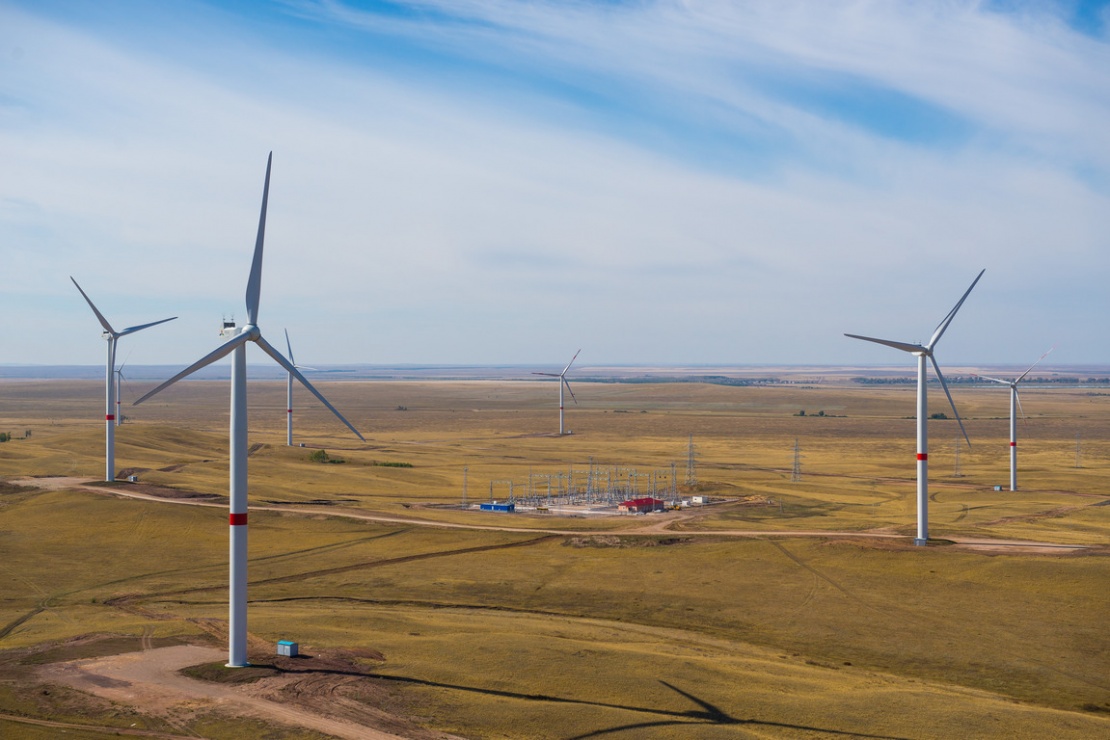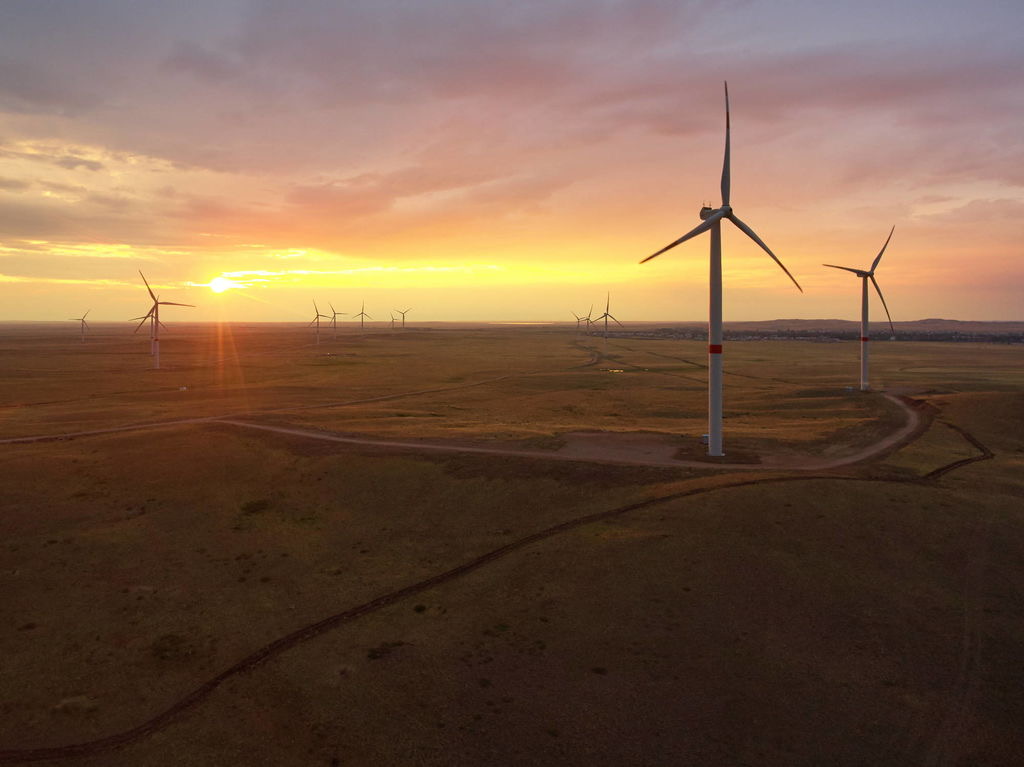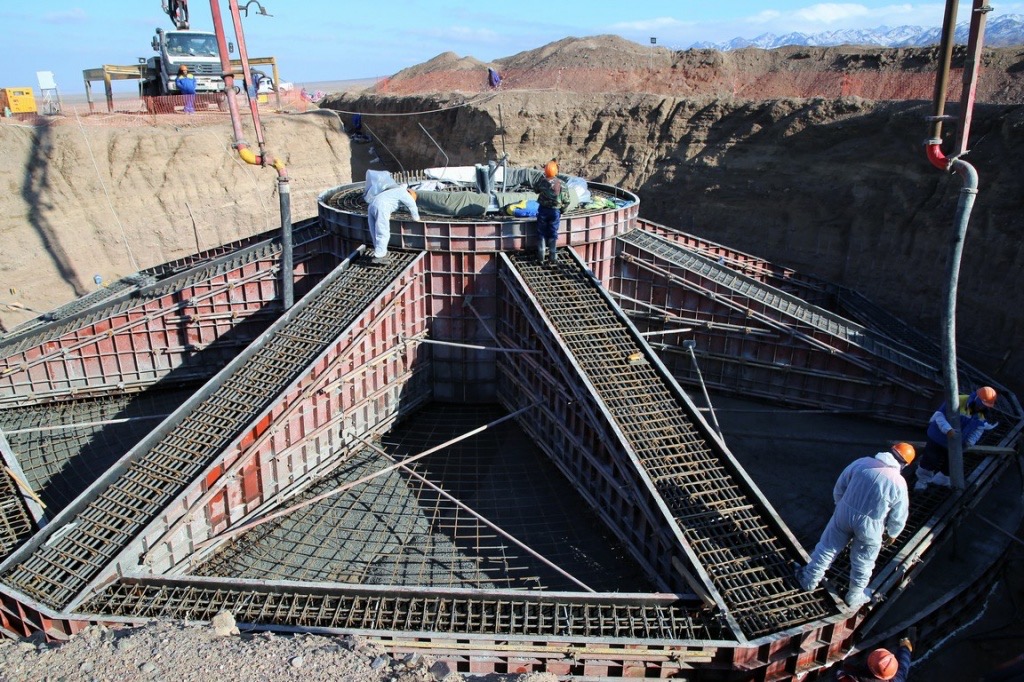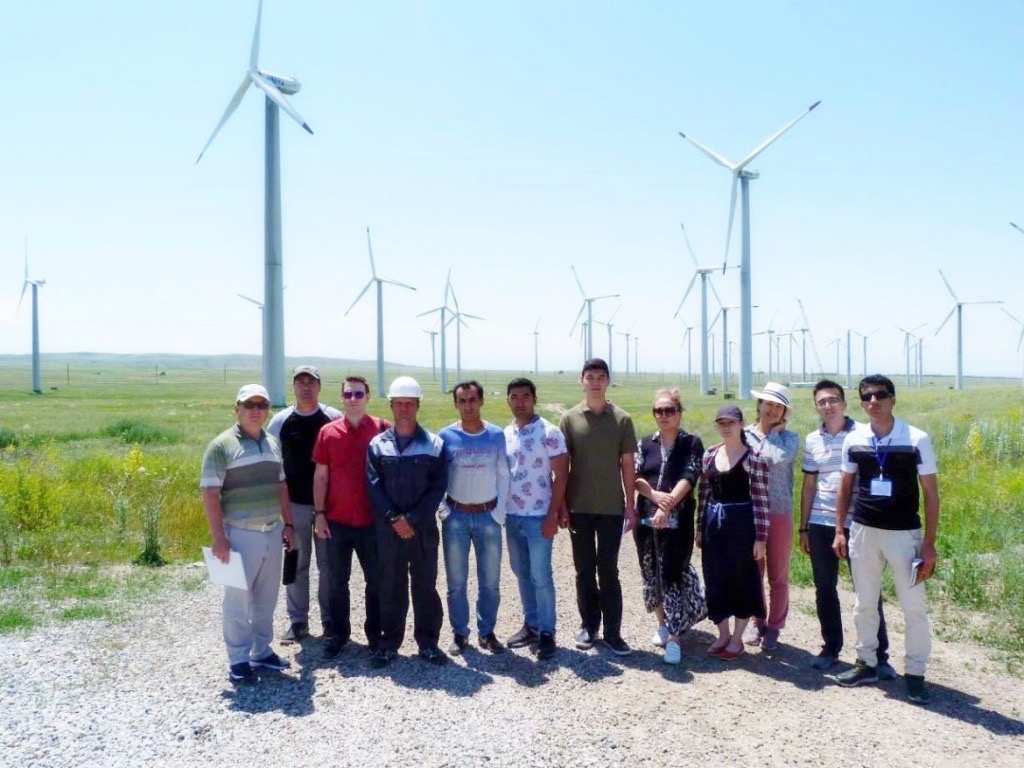
This holiday was initiated by the European Wind Energy Association and Global Wind Energy Council. The main goal of this holiday is to raise public awareness of the vast potential of wind energy. Notably, this article is about the development of wind farms in Kazakhstan.
Today, wind power plants successfully operate in almost 80 countries of the world. Thousands of people participate in the production of wind energy.
According to expert opinion, the development of wind energy will solve a lot of problems, not only the ones related to power but also economic and environmental issues. Fossil fuels will be the past, and the world will be able to overcome the crisis of global climate change.
As some experts believe: “wind power plants are the future!”.
The potential of wind energy in Kazakhstan is about 920 billion kWh / year. At the end of 2019, wind farms generated 717.4 million kWh, or 29% of the total green energy generation (for comparison, solar power stations generated 563.14 million kWh or 23%).
Timur Shalabaev, Executive Director of the Solar Power Association of Kazakhstan:
In general, even though there are fewer installed wind capacities than the sun ones, power generation from wind farms is higher in 2019.
According to the auctions 2018 and 2019, there are the following numbers:
• 2018: Solar power station - 270 MW, wind farm - 414.9 MW.
In other words, power volumes are allocated to wind farms more than to sun power stations. Another thing is that solar power stations must be built with in 24 months, where as building the wind power stations can take up to 36 months under the PPA contract. The energy volumes for commissioning will be available in 2021-2022.

(LLP the First wind farm with a capacity of 45 MW)
What is the difference between solar and wind power plants? Why are solar panels more accessible, whereas renewable energy still provides more power in Kazakhstan?
Yerlan Dairbekov, expert of the UNDP-GEF project “Derisking renewable energy investment,” said the following:
In the conditions of the country, wind farms are 2-3 times more efficient than solar stations, and their efficiency is higher. The turbines operate and generate wind energy for 40% of the time. Solar stations do not work at night and are not so productive on cloudy days. From the perspective of connecting to networks, wind stations are more convenient.
Building a solar station is technically more straightforward and faster. Solar panels weigh little; also, there is no need to make a firm foundation for them. Meanwhile, one wind turbine can weigh more than 200 tons and be about 100 meters high. Also, the process of building wind farms is not simple. Special cranes are needed, a sturdy foundation should be poured, and the complex transportation of equipment occurs to be necessary, etc.
The first necessary step to build a wind station is to measure wind strength during the year. The experienced specialists should do it. The measurements are essential to avoid technical errors in the energy generation and financial losses. The measurements are required by bankers and investors. The entire model of the project is built based on the measurements. But the technology is being improved, and the term for measuring wind can be reduced to six months.
The construction of a solar station does not require such a strict approach. We have data from a celestial atlas based on long-term measurements.

(Energy-Semirechye LLP wind farm with a capacity of 60 MW)
It is surprising that with the recent increase in the number of wind turbines in Kazakhstan, specialists in the country still do not provide training on servicing wind farms.
Indeed, some universities are already developing programs in this area to educate local students. Hopefully, the programs will come out soon.
However, students have some opportunities to gain knowledge of this field even now.
Alexey Kobzev, project manager for renewable energy and climate change from the Kazakh-German University said the following:
Students and young researchers of the Kazakh-German University are involved in the practical study of wind farms within the annual expedition Renewable Energy Trip.
Students go to renewable energy facilities to study solar, wind, biogas plants and hydroelectric power stations on practice.
In 2019, they got acquainted with the most significant stations and unique renewable energy facilities in Central Asia. For example, they visited the striking solar power plant Burne Solar-1 and Solar-2 in Kazakhstan. We saw the production of assembly of solar installations and collectors in Tashkent and the International Solar Energy Institute. Besides, we visited the Kordaiwind farm.
Moreover, all the participants of this educational trip make case studies on the best practices. In particular, there was a case on the Kordai wind farm.
The materials of the webinar “Sustainable Energy Development of Kazakhstan” are available HERE.

(KGU students during the research)
The data on Kazakhstan is provided by Solar Power Association of Kazakhstan
Photos: Alexey Kobzev, Solar Power Association of Kazakhstan
Climate Adaptation and Mitigation Program for Aral Sea Basin Program
_________________
Climate Change Adaptation and Mitigation Program for Aral Sea Basin
